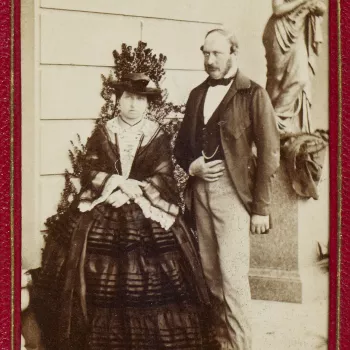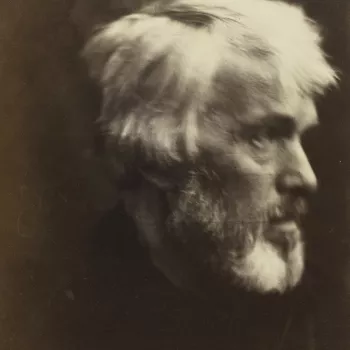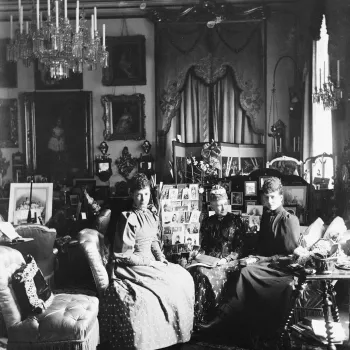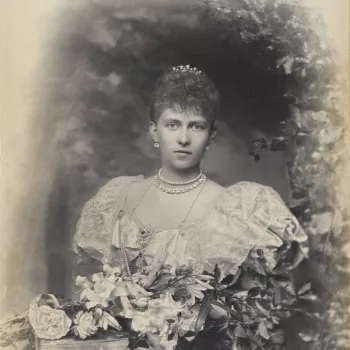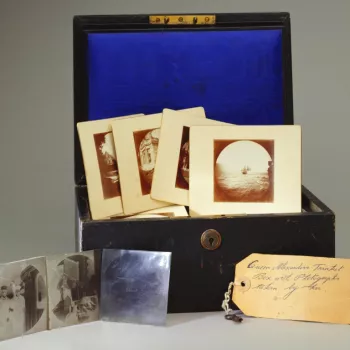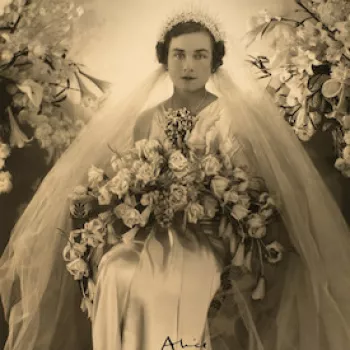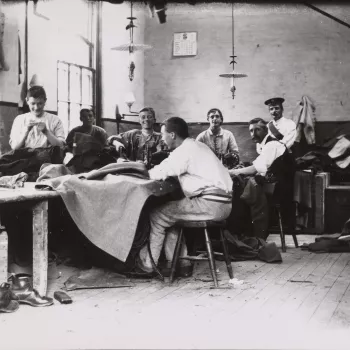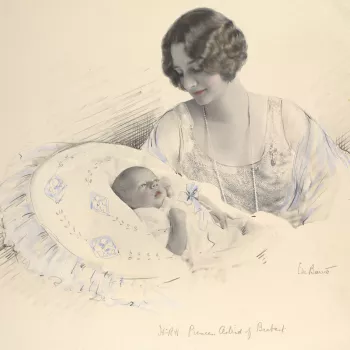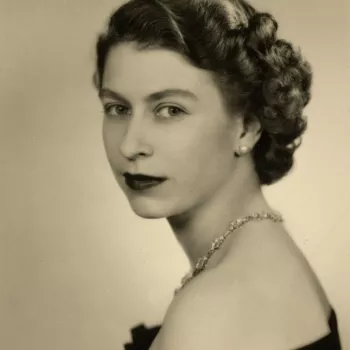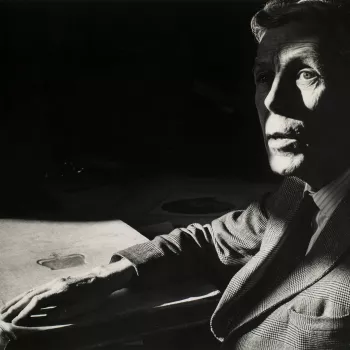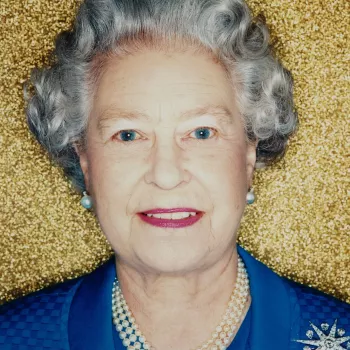Women Photographers
The Royal Collection contains many photographs taken by women photographers.
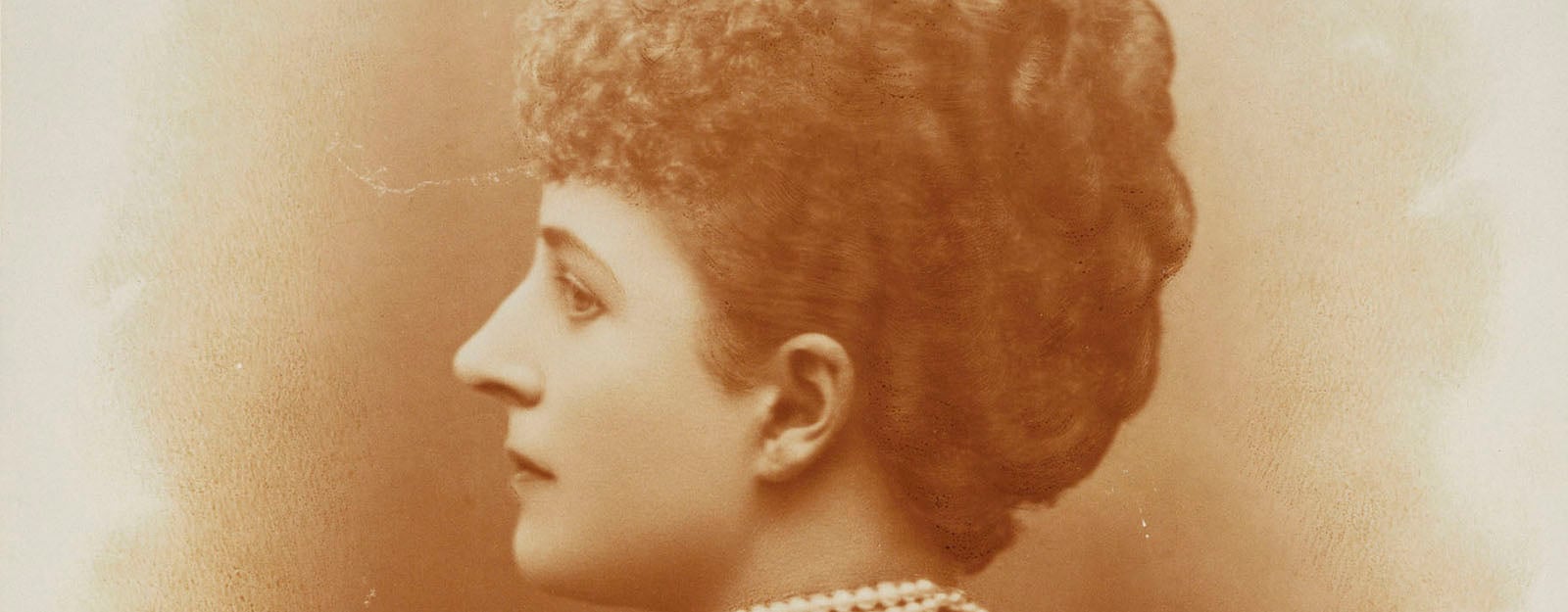
The Royal Collection contains a large amount of work by women photographers, dating from the 19th century to the present day. These photographs show key moments in photographic history, including early experiments, the development of accessible camera technologies and the arrival of colour photography. They also reveal the importance of women in the creation, study and distribution of photographs.
The first woman to photograph the royal family
Frances Sally Day is the earliest woman photographer represented in the Royal Collection and the first woman to photograph the Royal family, following a commission in 1859. Day was among a small number of women who practiced photography during the mid-19th century. This was a time when the cost of photographic materials meant that photography, and being photographed, was a pursuit of the wealthy.
Queen Alexandra
Towards the end of the 19th century however, developments in photographic technologies opened photography up to the larger population. In 1888, Kodak released the Kodak No. 1 camera, followed by the popular Brownie camera in 1900. The camera was intended to be accessible, in terms of both cost and ease of use. Kodak offered to process, print and reload the camera, reflecting their slogan 'you press the button, we do the rest'. Advertisements for Kodak cameras largely targeted women, promoting photography as an enjoyable hobby and a way of documenting events and family life.
Queen Alexandra owned a selection of Kodak cameras and was a keen amateur photographer. She attended photography classes and regularly photographed family, friends and holidays. Her study and enjoyment of photography both promoted the practice of photography and legitimised the place of women photographers.
Photographic studios
In the same period, a number of women-run photographic studios appeared in the United Kingdom and Europe. Now that people could easily take their own photographs, studio photographers had to offer inventive, innovative products to attract customers. The portraits emerging from the late 19th century to mid-20th century comprise a vast range of styles. These include Dorothy Wilding's glamorous, modernist portraits; the delicate, feminine platinum prints of Alice Hughes; and Eva Barrett's 'photographic sketches'.
The profession offered women an independent career and income, in addition to providing a form of artistic expression. Reflecting on her role as a studio photographer, Olive Edis stated that it was:
a life worth living, with no monotony about it, and constantly bringing the worker in touch in a very pleasant way with humanity
Olive Edis
Edis would later see the destruction of war in her role as an official war photographer. Christina Broom also documented aspects of the First World War in the UK as official photographer to the Brigade of Guards and Household Cavalry. Self-taught, Broom had developed a successful business as a photographer making picture postcards of views of London in the early 1900s.
Explore below to find out more about some of the women photographers in the Royal Collection.


